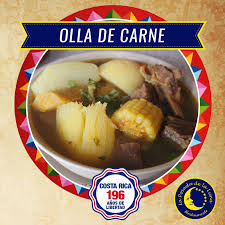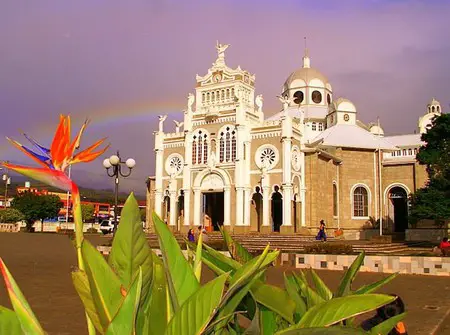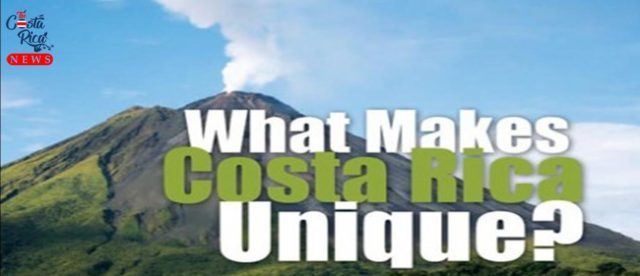Cartago is a town located in the central volcanic axis of Costa Rica, without access to the coasts. Founded by Juan Vázquez de Coronado in 1563, it was the capital of Costa Rica until 1823, during the colony and the beginning of the Republic. Considered as the oldest town in the country. In 2018 it had about 90,000 inhabitants. It is the capital of the province of Cartago, one of the seven provinces of Costa Rica.
Experiencing and understanding the cultural aspects of Costa Rica will help improve your trip. Visiting a different culture from that of your home country can be intimidating and challenging, but here it doesn’t have to be like that, the “Ticos” are friendly, war and always receive in the best manner our visitors.
In the province of Cartago, the local culture will surprise you with its rich diversity. The rainforests and the mountain range of the area offer an impressive backdrop, but when exploring everyday life in Carthage, you will discover its humanity, the history of its people and culture, all could be very interesting.
History
Before the arrival of the Spaniards in the area, the indigenous huevares already lived in the area, in the villages of Churritaba, Queco, Co (Acho), Instara, Acarrace, Habitara, Turichiqui, Turrialba la Grande, Turrialba la Chica, Tobo si , Buxebux, Teo tique, Paragua, and others. In 1563 the spainiard Juan Vázquez de Coronado founded a settlement that later became the capital of Costa Rica until 1823 when it was transferred to the city of San José.
Although it is the oldest settlement in the country, it has no colonial characteristics due to the successive destruction it has suffered as a result of eruptions of the Irazú volcano and several earthquakes (1822, 1841, and 1910).
In 1563, Juan Vázquez de Coronado transferred the locality of Castillo de Garcimuñoz to the Guanco Valley, using the name of Santiago de Cartago for this purpose. In 1565 the Church de Orosí was erected, the first temple in Cartago. Being the largest church in the country, it contains the “Negrita” (the Virgin of the Angels portrayed in mestizo color). Subsequently, Governor Pararán de Ribera y Gómez moved it to the western sector of the Central Valley, and in 1574 Alonso Anguilana de Gamboa established it at its current location.
This town was again rebuilt after the great earthquake of 1912 with an extensive urban plan oriented from east to west, with wide and straight streets, one-story buildings in the prevention of new seismic movements. In the period from 1963 to 1964, the eruption of the Irazú volcano and the avalanche of the Reventazón river occur which led to new reconstruction projects.
Cartago has abundant unique culture expressions, impressive architecture and illustrious history that still prevail today. Because of this, the landscape of Cartago is unmatched to that of most other regions in the country, although it covers the least number of square miles.
Travelers can explore pre-Columbian times and dive deep into the past of this unique province. There are also celebrations in Cartago that have nothing to do with religion. One of them is San Juan Day, celebrated in March. This celebration includes a marathon that covers 14 miles and extends from Cartago to San José.
Sundays of “Olla de Carne” (meat pot)

Cartago, also known as “the city of mists”, is very famous for its cold weather. At night, it usually becomes a very quiet town, since many people stay inside their homes, protected from the low temperatures that are registered when the sun goes down. Therefore, among the main customs of Cartago, you can enjoy a good family dinner consisting of meat pot as the main dish on cold weekends. The traditional recipe, which consists of beef, potatoes, bananas, chayotes, and other vegetables, is a delicacy that also allows you to recover all the energy spent during the day. Currently in Carthage, also, several restaurants specialize in a meat pot and serve it other days of the week, not just Sunday.
Independence celebrations
Costa Rica commemorates each year its independence from the Spanish Government, with the peculiarity that in Cartago it is celebrated on two dates. September 15: Cartago, like the rest of the country, commemorates on this date the Central American Independence from the Spanish Government. The streets are dressed in national colors and the school students brighten the city with joyful parades through the main streets of downtown. October 29 the signing in Carthage of the Act of Absolute Independence of the Spanish Empire is commemorated. The Municipality organizes student parades and special activities to commemorate the historical date.
Botanical Gardens
Costa Rica is known for its diverse wildlife, and that important aspect stands out in the Lancaster Botanical Gardens. The most important focus of this garden is the variety of orchids. The end of winter in early spring is the best time to see these beautiful flowers, but you can see most of the more than 3,000 species throughout the year. In addition to orchids, there are other species to see, including palm trees and bamboos, and as an extra gift, you’ll see some of Costa Rica’s diverse wildlife in this rich environment.
National monuments

Costa Rica is rich in monuments that celebrate its most important moments, and in Cartago, you can visit the Guayabo National Monument, just north of the city of Turrialba, located on the lush hillside of the active Turrialba Volcano. Opportunities to explore the monument include guided tours, educational opportunities, camping, and the butterfly garden. One of the largest and most important archaeological finds in Costa Rica, the Guayabo National Monument, is likely to have been the residence of approximately 10,000 people about 3,000 years ago. The mission of the monument is to protect the archaeological exploration of the past, present and future by safeguarding the structural remains of this ancient city. An important restoration has already been completed and awareness of the pre-Columbian period is actively promoted.

